This page contains affiliate links. Meaning, I get a small commission if you purchase through my links, at no extra charge to you. Read the full disclosure here
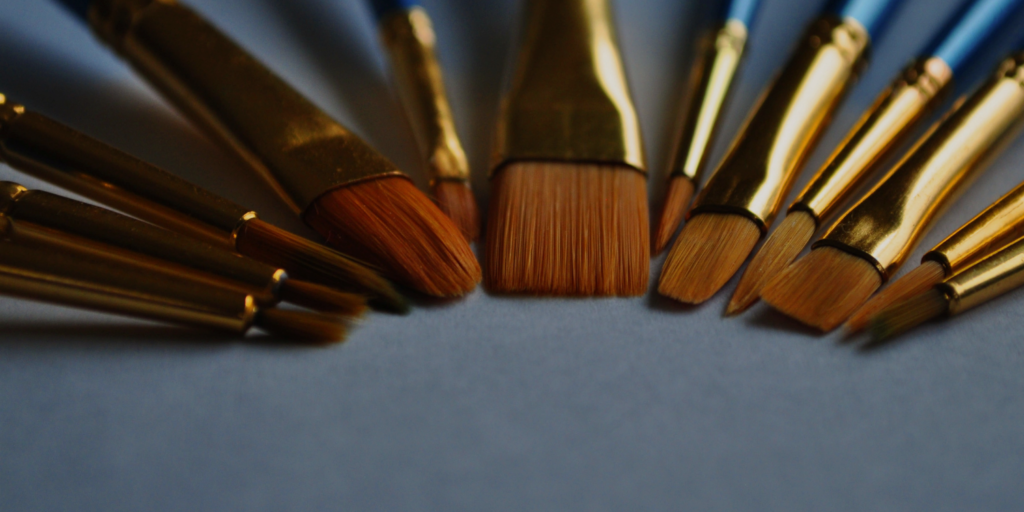
If you are just starting out your journey as an artist, you might have already been overwhelmed by the massive collection of brushes with different shapes and sizes available at your local art store.
As an artist, I have walked through this path and I truly understand the confusion to decide on the quality of the brushes, sizes, shapes , durability, and so on and on…
In this post, I will be sharing some basic information on the most common types of paint brushes when working with the medium – acrylics!
Two Types of Bristles
Synthetic and Natural Bristles – Let me explain what these two are briefly:
Natural bristles
These are bristles made with animal hair, commonly, sable, and hog. They are best for applying oil-based alkyd paints, varnishes, shellacs, and other finishes. They hold more paint and develop splits in the tip (flagging) giving you a smoother application of the paint and thus fewer brush strokes. This type of brush is not advisable for water-based paints as the tips of the bristles swell up when in contact with water.
Synthetic bristles
These are bristles that are usually made of nylon and polyester or a combination of both. They are easier to clean, pick up the paint pretty well, and are budget-friendly as compared to natural bristles. Synthetic bristles are great for use with water-based paints, give a smooth texture, and leaves no brush marks. Hence this is a great choice for acrylic painting.
Brushes come in different shapes and sizes. The shapes and sizes of the brushes you choose to work with will depend mainly on how large or small you want to work, and how detailed you want to get. Most of these brushes can be used in many different ways and for different techniques. It’s up to you , the artist to decide which ones you are most comfortable working with!
Different types of brushes
Round brushes
Round brushes are typically much smaller than flat and angled brushes and have a soft rounded edge. They have a close gathering of bristles with a round or pointed tip. They come in a whole variety of different sizes.
Flat brushes
Flat brushes are versatile and are great for wide strokes where you want a lot of paint coverage. They make long, bold strokes when using their edges.
Regular flat brushes have square ends and are used for fine lines, stripes, washes, and bold strokes
Filbert brushes
Filbert brushes, are basically flat brushes with a tapered, rounded end and comes in a variety of sizes and are great for blending.
Fan brush
Fan brushes are flat and has spread hairs and is an ideal choice when you are planning to paint nature elements and landscapes.
Angled brush
An Angled brush is flat with the angled or slanted tip at the end. It is a perfect brush for curved strokes and filling corners with thick or heavy colors.
Liner Brush
A liner brush is a very thin brush with very long bristles. They have a large color-carrying capacity, useful for delicate lettering, and make long, smooth, continuous strokes fine details in artworks.
Palette Knives
Palette knives are technically not actually brushes at all, but they are a very common and popular way to apply paint to canvas. Many artists use palette knives in a variety of different ways to create different textures and effects in their artwork.
Wash Brush
An acrylic wash brush is the biggest of the brushes with a square end and medium to long hairs. It is ideal for varnishing because it gives the maximum coverage smoothly and quickly. It is great for bold strokes and its edge can be used to create fine lines, straight edges, and stripes. It is similar to a mop brush which is a large round wash brush used mostly for watercolor.
If you just starting out and would like to get the feel of how different brush strokes are and how it performs in your painting, I suggest you first get a set of acrylic brushes which are not very expensive. Once you are able to understand your style you could go for an artist quality brushes.
I personally suggest buying acrylic brush sets. In that case you will get a variety of different brush shapes which you can experiment with in your painting. The recommended products are from Blick Art(Affiliate) and I personally like their Princeton Brushes and sets .
Princeton Velvetouch Series 3950 Synthetic Brushes and Sets
Remember, it’s not about owning the most expensive brushes but about finding the ones that complement your style and techniques. Start with a basic acrylic brush set to experiment and learn, and as your confidence grows, invest in higher-quality brushes that is suitable for your work.
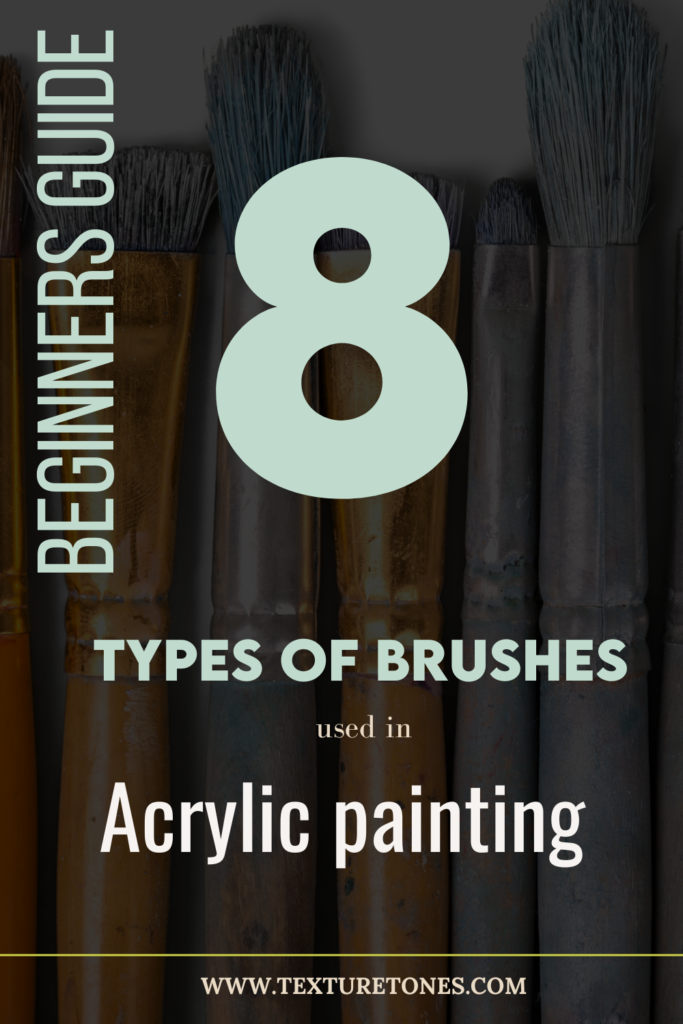

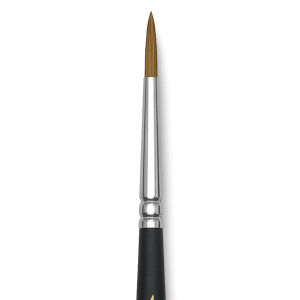
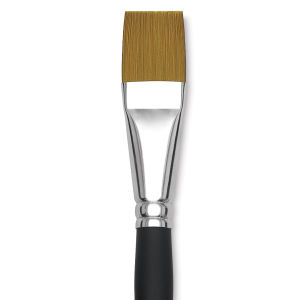
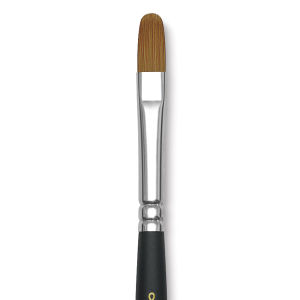
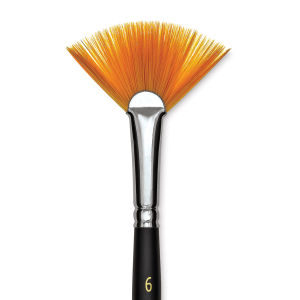

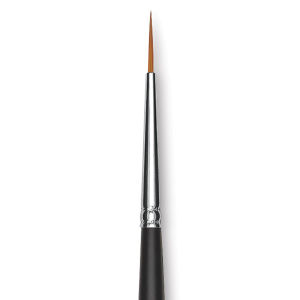
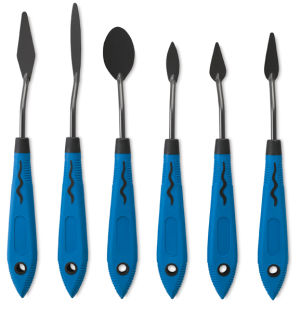

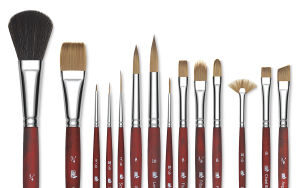

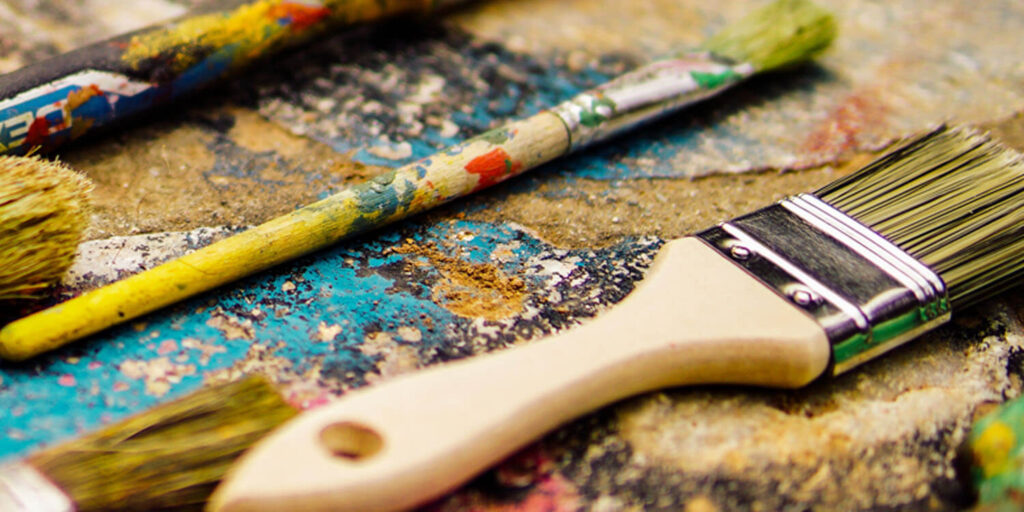
Pingback: Simple Guidance For You On Oil Painting Brushes. - Art and Design